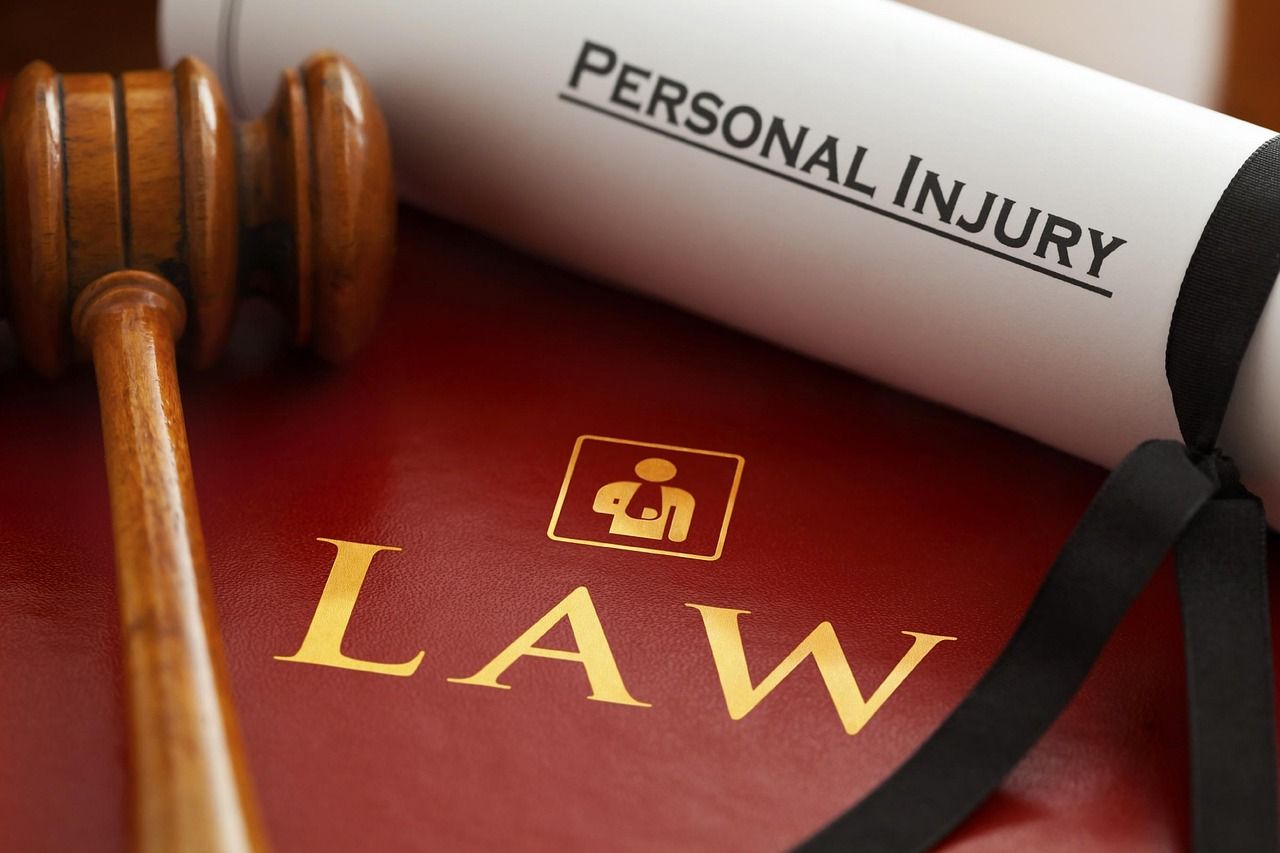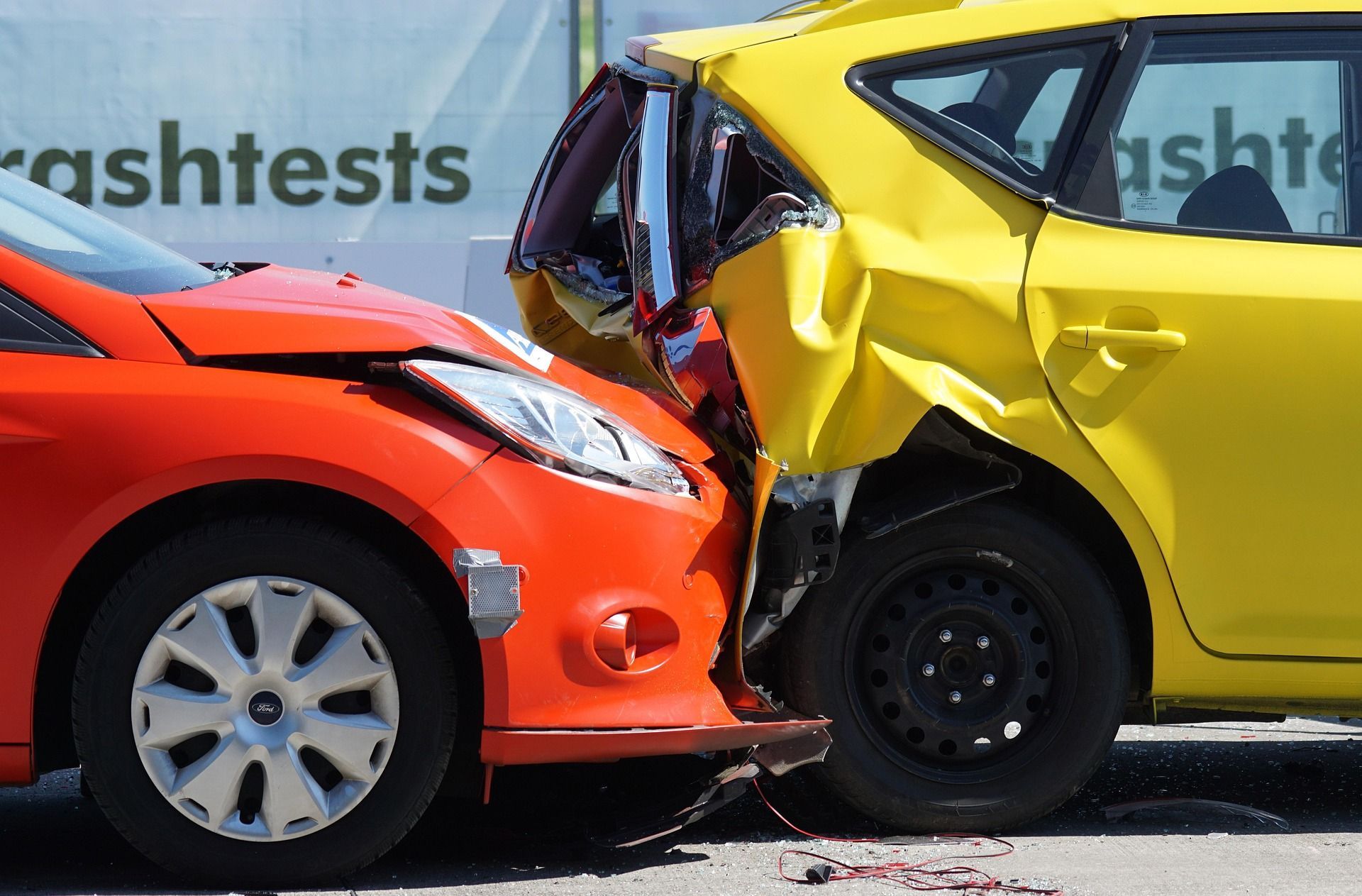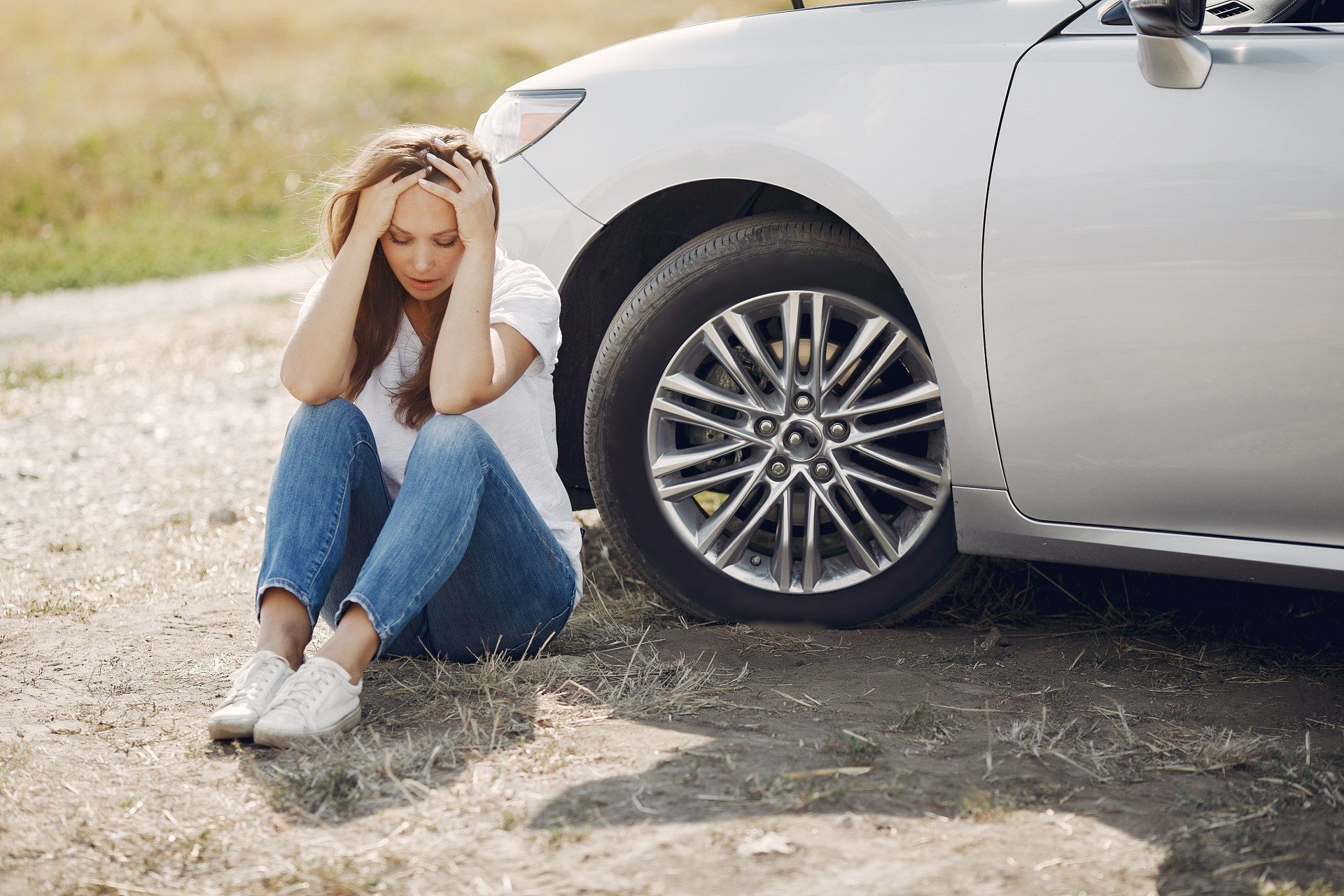E-Bike Safety and Legal Requirements: A Comprehensive Guide to Insurance, Regulations, and Rider Responsibilities in New Jersey
What are the different types of e-bikes and how are they classified legally?
Not all e-bikes are treated equally under the law. The classification system includes motorized bicycles that can travel up to 28 mph, requiring registration, licensing, and insurance. Low-speed electric bicycles are treated as pedestrians under the law, offering additional protections and insurance coverage options. Low-speed electric scooters, however, are classified differently and require riders to rely primarily on health insurance for accident coverage.
How is responsibility determined for medical bills in e-bike accidents?
In New Jersey, Personal Injury Protection (PIP) or "no-fault" coverage applies regardless of who caused the accident. For low-speed electric bicycle riders classified as pedestrians, coverage comes from their personal or household auto insurance policy. If no auto insurance exists, NJPLIGA (New Jersey Property-Liability Insurance Guaranty Association) provides coverage. For non-pedestrian classified vehicles, riders must rely on health insurance or additional purchased coverage.
Why are e-bike accidents potentially more dangerous than traditional bicycle accidents?
E-bikes present increased risks due to their higher speeds and likelihood of being used on busy roads rather than recreational areas. They're commonly used for commuting, putting riders in regular contact with vehicle traffic. The combination of speed, weight, and exposure to traffic creates a more hazardous riding environment compared to traditional bicycles.
What safety measures should e-bike riders prioritize?
Helmet use is crucial, especially given the increased speeds and risks. While only required for riders 17 and under, all riders should wear well-made helmets regardless of age. After any significant impact, helmets should be replaced. Additionally, riders must learn and follow all traffic rules, maintain situational awareness, and use proper safety gear, including reflective clothing when riding at dusk.
What insurance considerations should e-bike riders understand?
Insurance requirements vary by e-bike classification. Low-speed vehicles don't require specific insurance, while motorized bicycles (capable of 28 mph) must be insured. In New Jersey, operating an uninsured vehicle that requires coverage can result in severe consequences, including the inability to file claims even if an accident isn't your fault. The legal landscape for e-bike insurance is still evolving, making it crucial to understand and comply with current requirements.
How are insurance claims handled for e-bike accidents?
Insurance carriers may be slow to process claims involving even low-speed electric bicycles. Riders should document everything about their e-bike, including motor specifications, pedal systems, and purchase receipts. This documentation helps establish the vehicle's classification and expedites the claims process when dealing with insurance companies.










